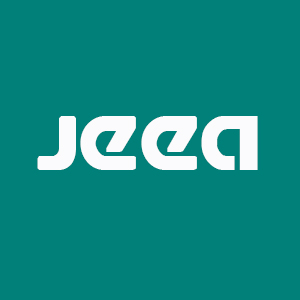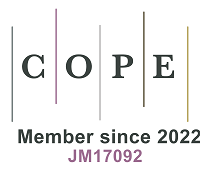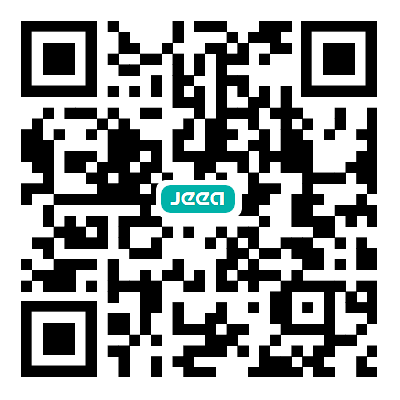Expanding the scope of Journal of Environmental Exposure Assessment (JEEA)
Since its launch, the Journal of Environmental Exposure Assessment (JEEA) has aimed to provide a high-quality platform for publishing research that advances our understanding of human and wildlife exposure to environmental contaminants. To date, our scope has focused primarily on chemical exposures, with particular emphasis on both organic and inorganic chemicals and their impacts on human and ecological health.
However, the world of environmental exposures is rapidly evolving. Mounting evidence demonstrates that environmental and health risks extend far beyond traditional chemical contaminants. In addition to the well-established threats posed by organic and inorganic chemicals, biological contaminants - including bacteria, viruses, and antibiotic resistance genes - pose urgent and growing concerns for both human and ecosystem health. Likewise, physical stressors such as noise and light pollution are increasingly recognized as important drivers of disease burden and ecological disruption. Together, these stressors highlight the need for a broader and more integrated understanding of environmental exposures.
In recognition of these pressing challenges, we are pleased to announce that, effective immediately, JEEA is widening its scope. We now welcome manuscripts that address human and wildlife exposure not only to chemical contaminants, but also to biological and physical agents such as pathogens, antibiotic resistance, noise, and artificial light. By embracing this expanded vision, JEEA seeks to reflect the complexity of real-world exposures, promote cross-disciplinary collaboration, and foster innovative approaches to assessing the impacts of multiple environmental stressors.
We warmly invite researchers to consider JEEA as a home for their work in this expanded arena. JEEA is committed to ensuring a fair and efficient review process, and to enhancing the visibility and impact of accepted contributions. We firmly believe that by broadening our scope, JEEA will better serve the scientific community and contribute more effectively to safeguarding environmental and human health in the face of emerging global challenges.
We look forward to receiving your submissions and to working with you in advancing this exciting and vital field.
DECLARATIONS
Authors’ contributions
The author contributed solely to the article.
Availability of data and materials
Not applicable.
Financial support and sponsorship
None.
Conflicts of interest
The author is the Editor-in-Chief of Journal of Environmental Exposure Assessment. This Editorial was not externally peer reviewed and was accepted directly by the publisher. The Editor-in-Chief was not involved in the handling or decision making of this manuscript.
Ethical approval and consent to participate
Not applicable.
Consent for publication
Not applicable.
Copyright
© The Author(s) 2025.
Cite This Article
How to Cite
Download Citation
Export Citation File:
Type of Import
Tips on Downloading Citation
Citation Manager File Format
Type of Import
Direct Import: When the Direct Import option is selected (the default state), a dialogue box will give you the option to Save or Open the downloaded citation data. Choosing Open will either launch your citation manager or give you a choice of applications with which to use the metadata. The Save option saves the file locally for later use.
Indirect Import: When the Indirect Import option is selected, the metadata is displayed and may be copied and pasted as needed.
About This Article
Copyright
Data & Comments
Data















Comments
Comments must be written in English. Spam, offensive content, impersonation, and private information will not be permitted. If any comment is reported and identified as inappropriate content by OAE staff, the comment will be removed without notice. If you have any queries or need any help, please contact us at [email protected].